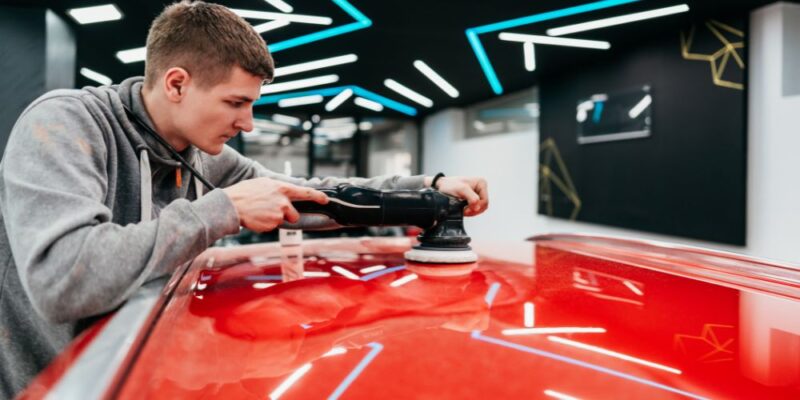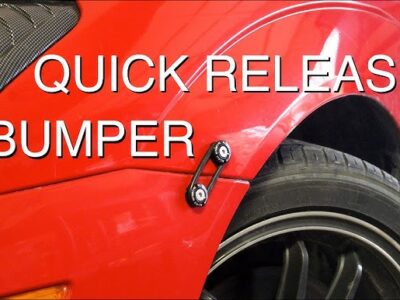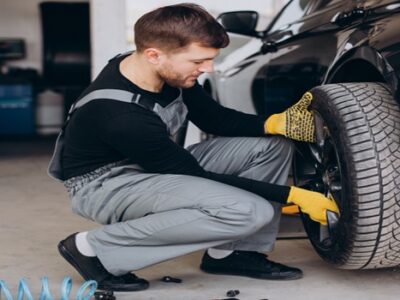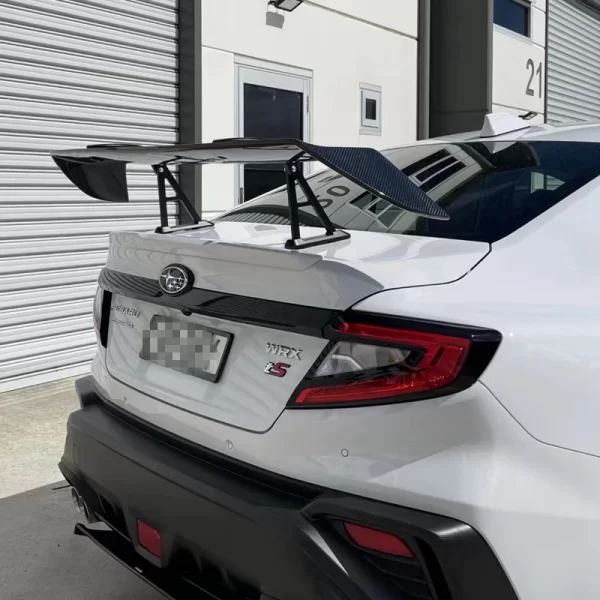
A car’s lifespan may be increased by polishing it, which is a crucial component of automotive care that shields the paint from deterioration and improves attractiveness. A professional-quality polish demands the correct equipment, the right methods, and close attention to detail. Correct automobile polishing may restore the paint’s natural smoothness and sheen by eliminating small scratches, swirl marks, and oxidation. In this extensive article, we’ll go over the top 10 car polishing tips for professional results, making sure that your car gets a showroom sheen and long-lasting protection. Let’s get started and find out how to get a perfect polish.
1. Gather the right tools and materials.
Make sure you have all the equipment and supplies needed before beginning the car polishing procedure. Among them are:
- High-quality car polish
- Polishing pads and applicators
- Microfiber towels
- A dual-action polisher
- Masking tape
- Clay bar
- Car wash, soap, and bucket
- Car wax for finishing
The quality of the polish and the level of protection it provides for your car will change significantly depending on the instruments you use.
2. Thoroughly wash and dry the car.
Drying after giving the vehicle a good wash is the first stage of car polishing. If you are interested in shining the surface of your car, use an excellent car wash soap to get rid of dirt and grime. With fresh cotton towels, carefully rinse and dry the car. Prior to polishing, make sure the automobile is completely clean because any leftover dirt might harm it.
3. Clay Bar Treatment
Use a clay bar to remove any embedded impurities that washing may have missed after cleaning. The polishing procedure is more successful when a smooth surface is achieved thanks to the clay bar treatment. Use a clay bar lubricant or a solution of water and dish soap to lightly coat the surface before carefully gliding the clay bar across the paint. As the clay bar absorbs impurities, you’ll notice a smoother surface.
4. Mask off sensitive areas.
Use masking tape to cover trim pieces, rubber seals, and other non-painted portions of your automobile to prevent damage. These sections are susceptible to staining or damage from polishing chemicals, so taking the effort to mask them off will guarantee a neater, more polished finish.
5. Choose the Right Polish
Choosing the appropriate auto polish is essential to getting the finest results. There are many grades of polishes, ranging from delicate finishing polishes to heavy-cut compounds. While finishing polishes are intended to enhance gloss and remove small flaws, heavy-cut chemicals are used to remove severe scratches and oxidation. Determine the state of the paint on your automobile to select the right polish.
6. Use a dual-action polisher.
When polishing cars, a dual-action polisher is useful equipment. Compared to a rotary polisher, it has less chance of harming the paint since it oscillates while rotating. With the aid of the dual-action movement, novices may more easily achieve professional-quality results by attaining an even shine. Before turning on the polisher, apply the polish to the pad and spread it evenly over the surface.
7. Work in small sections.
To guarantee even results and complete coverage, polish your automobile in tiny parts. Sort the automobile into sections that are easier to handle, such as the roof, doors, and hood. This method enables you to concentrate on every area of the car, making sure you polish every part equally and don’t overlook any.
8. Apply the polish properly.
Getting professional results requires applying the polish appropriately. Start your dual-action polisher on the lowest setting and apply a pea-sized quantity of polish to the pad. To achieve equal coverage, use overlapping passes to spread the polish across the affected area. As you incorporate the polish into the paint, gradually pick up the pace. Refrain from using excessive pressure, as this might harm the paint and leave swirl marks.
9. Inspect your work frequently.
Check your work often while you polish to make sure you are getting the intended effects. Examine the surface in excellent light after using a clean microfiber towel to remove any leftover polish. You might need to reapply more polish if you find that there are any residual flaws. Examining your work on a regular basis keeps you from overpolishing and helps you uncover areas that require further attention.
10. Finish with a quality wax or sealant.
Use a high-quality wax or sealant to complete the procedure after polishing the entire vehicle. By adding a protective coating, waxing improves the paint’s sheen and shields it from the elements. For optimal results, apply the sealer or wax using a clean applicator pad and adhere to the manufacturer’s recommendations. After giving the wax the necessary amount of time to set, rub it off with a fresh microfiber cloth.
Bonus Tips for Car Polishing Success
- Polish in a Controlled Environment: It is therefore advisable to polish your car in areas with more control, for instance, the garage, to get the best outcomes. It lowers the chances of organisms landing on the paint and ensures light conditions are steady for improved vision. While applying the polish, do not do it under direct sunlight, as the polish may dry before buffing, and this may not be easy to deal with.
- Use High-Quality Microfiber Towels: Purchase the best microfiber cloth that must be used in wiping off the polish and wax off the vehicle. Towels that are inexpensive or of low quality could further scratch the surface and are likely to leave lint behind. You can use different towels for different procedures to reduce contamination chances between the procedures.
- Maintain Your Polishing Pads: To be specific, maintaining the cleanliness and appropriate condition of your polishing pads is crucial to car polishing. Clean the pads after every use to eliminate any remaining polish so that they do not block the drain. One should get new pads to achieve the best results possible.
- Follow a Regular Polishing Schedule: Polishing is often useful for the maintenance of the outer look and the state of the car paint. For daily commuters, based on the driving conditions of where you travel and the type of road, weather, and climate, attempt to wax your car at least twice a year. Polishing is carried out to avoid rusting of the surface or paint chalking and to enhance the brightness of the color.
- Stay Patient and Take Your Time: It can take a long time to attain expert results when polishing cars, thus the need to take time. The scheduled and coordinated voting process may be marred by many errors, resulting in low quality. Before you proceed to the next step, make sure you cover all the intended areas and apply force and pressure to the same degree.
Conclusion
There’s more to excellent automobile polishing than merely slathering on shine and rubbing it off. It calls for the appropriate instruments, methods, and close attention to detail. You can protect the paint on your car, get a professional-looking sheen, and improve its look by using our top 10 car polishing recommendations. Gaining expertise in the art of car polishing will keep your automobile looking its best for many years, whether you’re a professional detailer or just a car lover. https://emperiortech.com/









